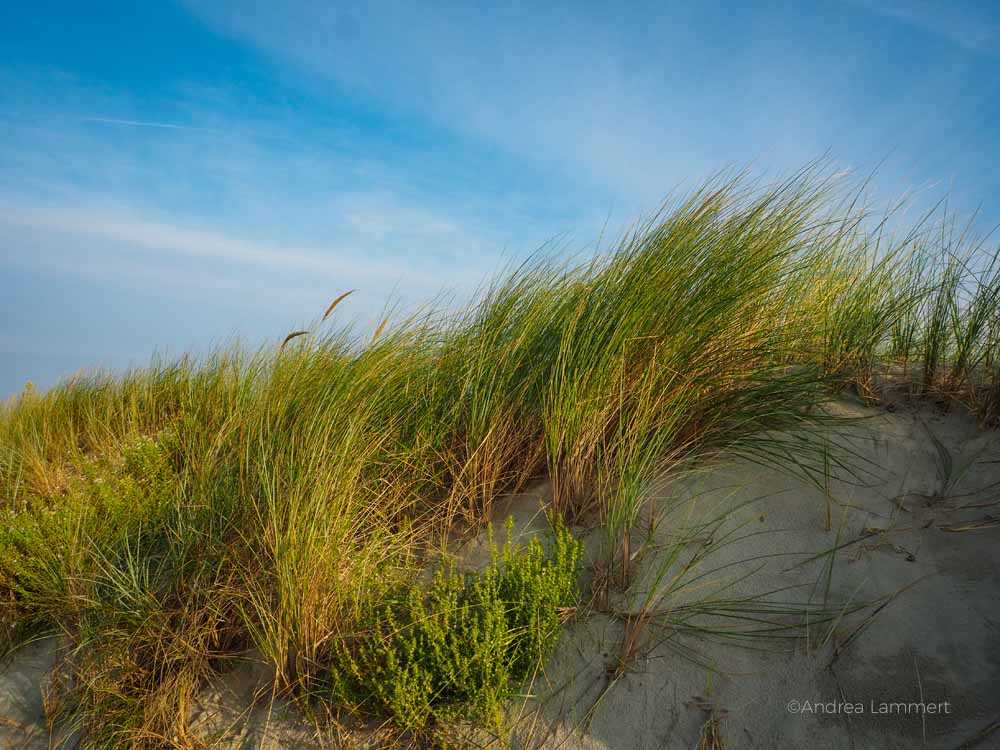
On the peninsula Mönchgut Rügen the soul may dangle
Mönchgut Rügen: small country between the Baltic Sea and Greifswalder Bodden
Wildly romantic is the peninsula Mönchgut on Rügen. In Mönchgut Rügen, it’s time to immerse yourself in the paradisiacal meadow landscapes: cowslips and even the rare liverwort open their flowers in spring, the storks are there, and many birds make their nests on the lagoon. Originally, this peninsula belonged to the monastery Eldena in Greifswald, hence the name Mönchgut. Today, many nature lovers hike and cycle in Mönchgut Rügen every year. They go on photo deer in dreamy places and love to observe the nature. You can experience guided herbal walks and really switch off from everyday life.
In addition, the holiday is there – the visitors appreciate the tranquil little piece of land between the Baltic Sea and the Greifswalder Bodden very special. It is only about 29 square kilometers big, and yet so rich in beautiful places. In Altensien, a district of Sellin, there is still a windmill to marvel at and fine sand Gager beach will enjoy the Baltic Sea. At the end of a beach hike, the Lotsenturm awaits the visitors, who likes, climbs up and looks far over the blue lake and the Mönchgut Rügen.
Mönchgut Rügen the island nature pure
Conservation is important
The former monastic property Mönchgut Rügen is for the most part under nature protection. In 1990, the Biosphere Reserve Southeast Rügen was founded and recognized by UNESCO in 1991. This affects over 2,000 hectares of land, yet it still has to be broken down into different areas. The Baaber Heide, characterized by heath, beech forest, bog forest and swamps, belongs to the biosphere reserve Southeast Rügen. At Baabe, the pipe-covered gate is the Mönchgut and is now a tourist attraction. Whoever arrives from Sellin, sees it and stands at a former border. The monks entered their “spiritual” soil from here, the rest of the island was unholy. A document from 1295 refers to the Mönchgut Rügen. However, the Slavs settled here much earlier, and archaeological finds have survived from Slavic times as well. Thus, many megalithic tombs tell of the long history of Rügen.
Explore the Mönchgut Rügen by bicycle
The tourists like to use the “Drahtesel” to get to know the Mönchgut Rügen. Beautiful bike paths lead along old farms, village churches and of course to the Baltic Sea coast. The oldest inn Rügen in Middelhagen is viewed. And of course, you also want to see the location of “a Bavarian on Rügen” with your own eyes. The Mönchgut pottery with its typical blue and white colors is also at home in Middelhagen. The visit to the pottery is worthwhile. On the natural beach of Old Reddevitz you refresh yourself quickly with a dip in the cool water. Because it goes pretty flat into the water, children can swim here very well [link on family vacation on Rügen]. The idyllic little fishing village also offers a fruit distillery. Incidentally, fruit trees and sheep meadows are often found in the Mönchgut Rügen. Just a few kilometers away from the seaside resorts of Sellin, Baabe and Göhren, the Mönchgut Rügen is a good tip for a varied cycling tour that you can do on holiday. In the spring, the broom flowers yellow, in autumn, the leaves are colorful and on the beaches in Mönchgut Rügen lie after storms may be the amber and want to be found. If you are not one of the cycling fans, you can roam the Mönchgut Rügen on the back of the horses at Reiterhof Alt Reddevitz.
Seven museums in Mönchgut Rügen
If the weather on Rügen not play, you go to the museum. Germany’s sunshine-rich island of Rügen has much more to offer than just the Baltic Sea beach and the summer season in a beach chair. In Mönchgut Rügen alone, seven museums were set up. As the fishermen used to live, you will find out in different houses. Lovingly designed rooms invite you to get an idea of life on the island of Rügen. Specifically, it is the Museumshof, the local museum, Rookhus and museum ship “Luise” in Göhren. In Middelhagen there is the school museum – on request even with historical lessons, the Pfarrwitwenhaus can be visited in Groß Zicker and in Baabe, the Küstenfischermuseum has an interesting exhibition.
Related Posts
-

Leisure time on complaints – seepark Sellin on the baltic island Rügen
Leisure time on Rügen Sport and fun on the Baltic Sea island With plenty of sun, Baltic Sea waves and white beaches attracts Germany’s largest island. On…
-

Your apartment in Seepark Sellin auf Rügen Find your suitable apartment. Direct, inexpensive and with the best advice. At local rates from the German…
-

The peninsula of Mönchgut Rügen is a great place to relax Mönchgut Rügen: A small piece of land between the Baltic Sea and the Greifswalder lagoon The…
-

Spiekeroog holidays – travel guides and tips for the North Sea island
Enchanted by Spiekeroog Of the East Frisian Islands, Spiekeroog is the quietest and greenest. What is there to discover and where to find the right…
